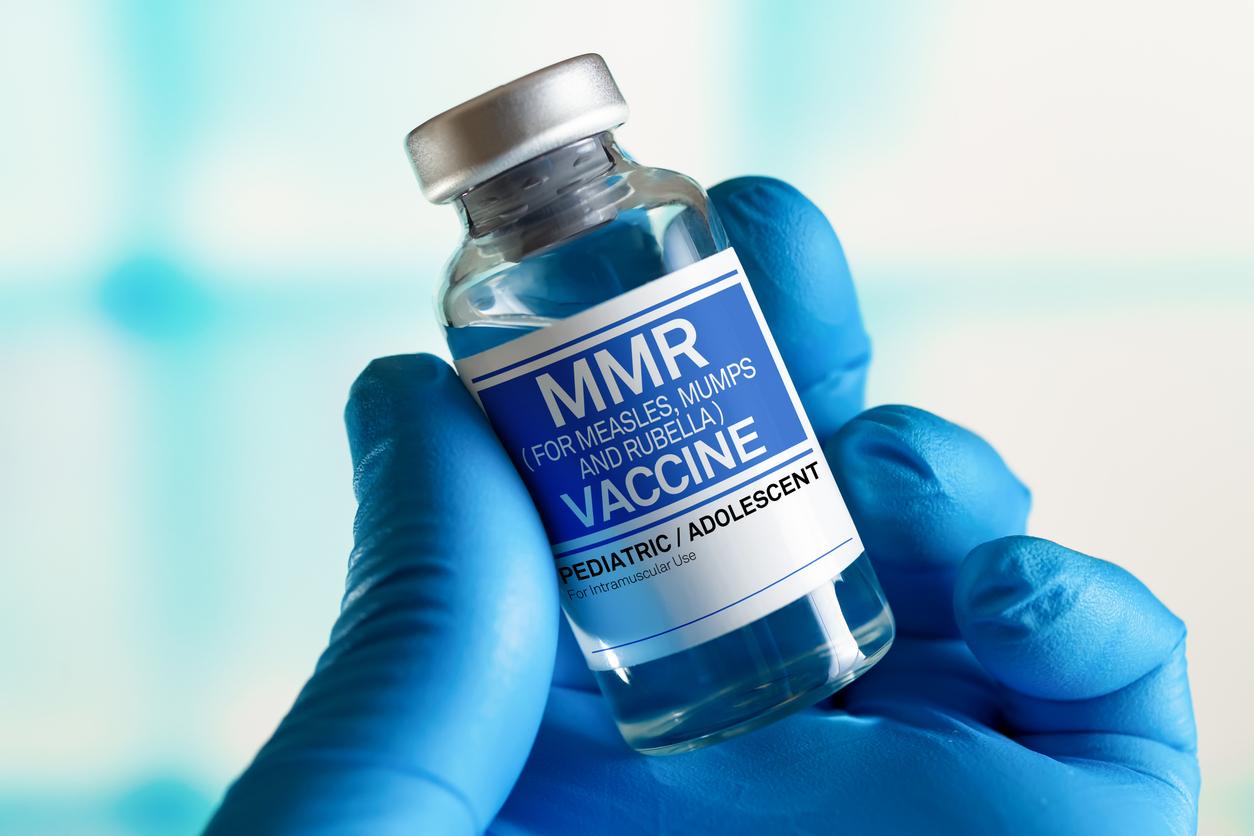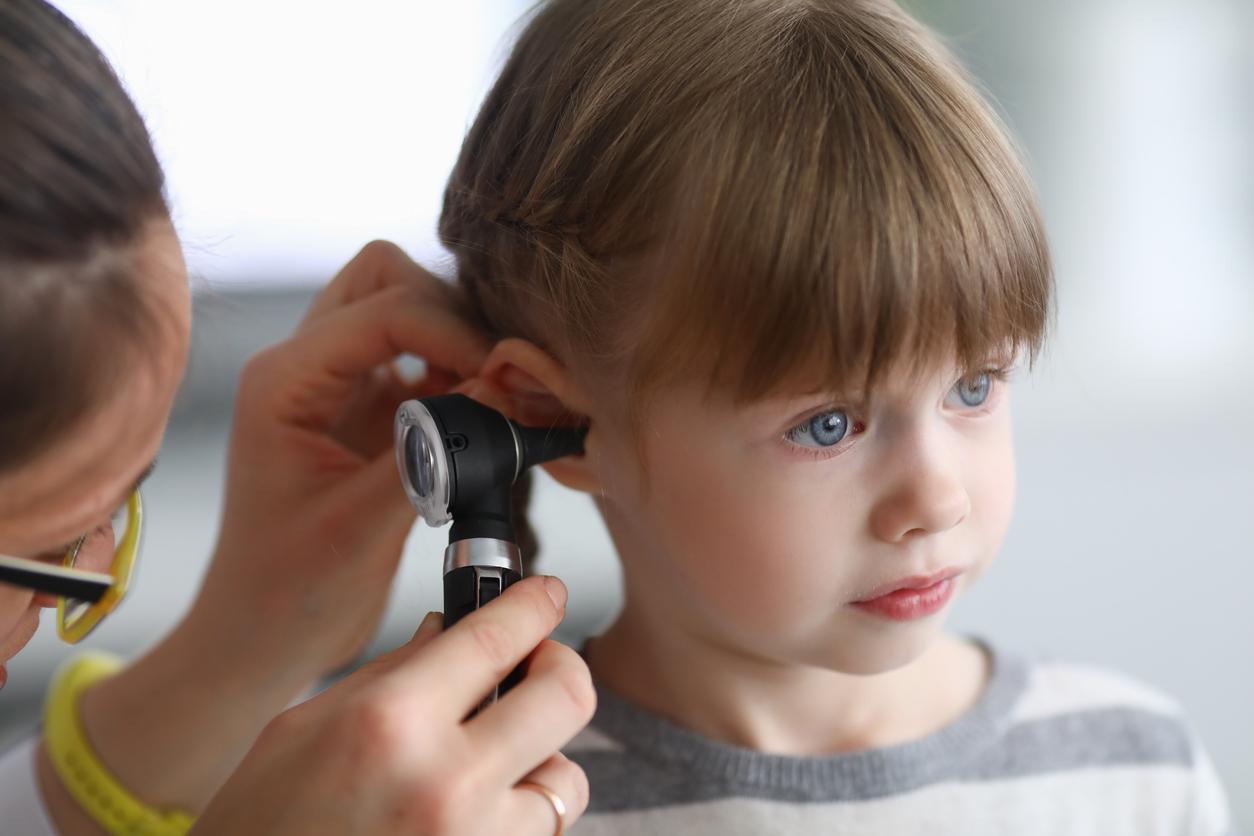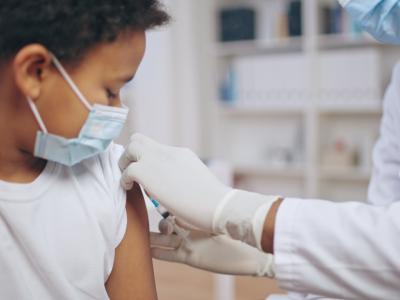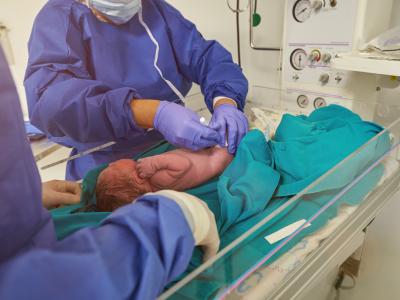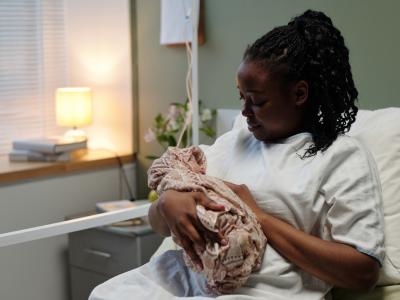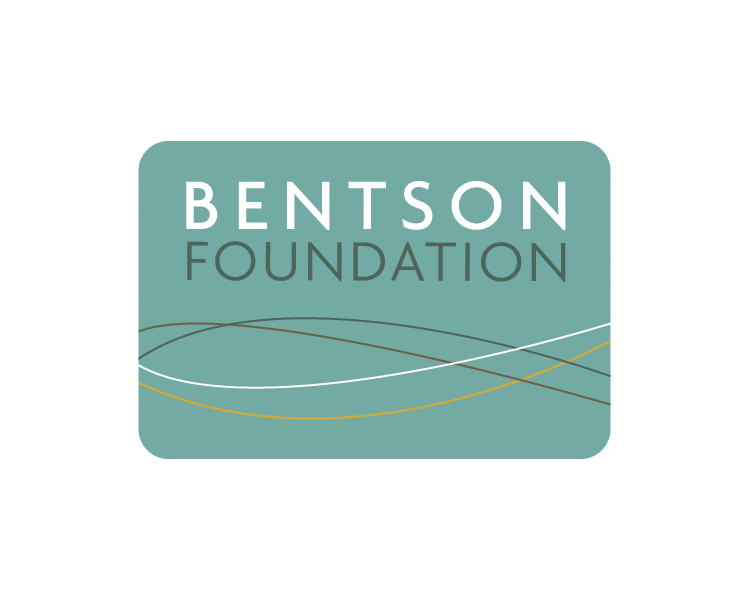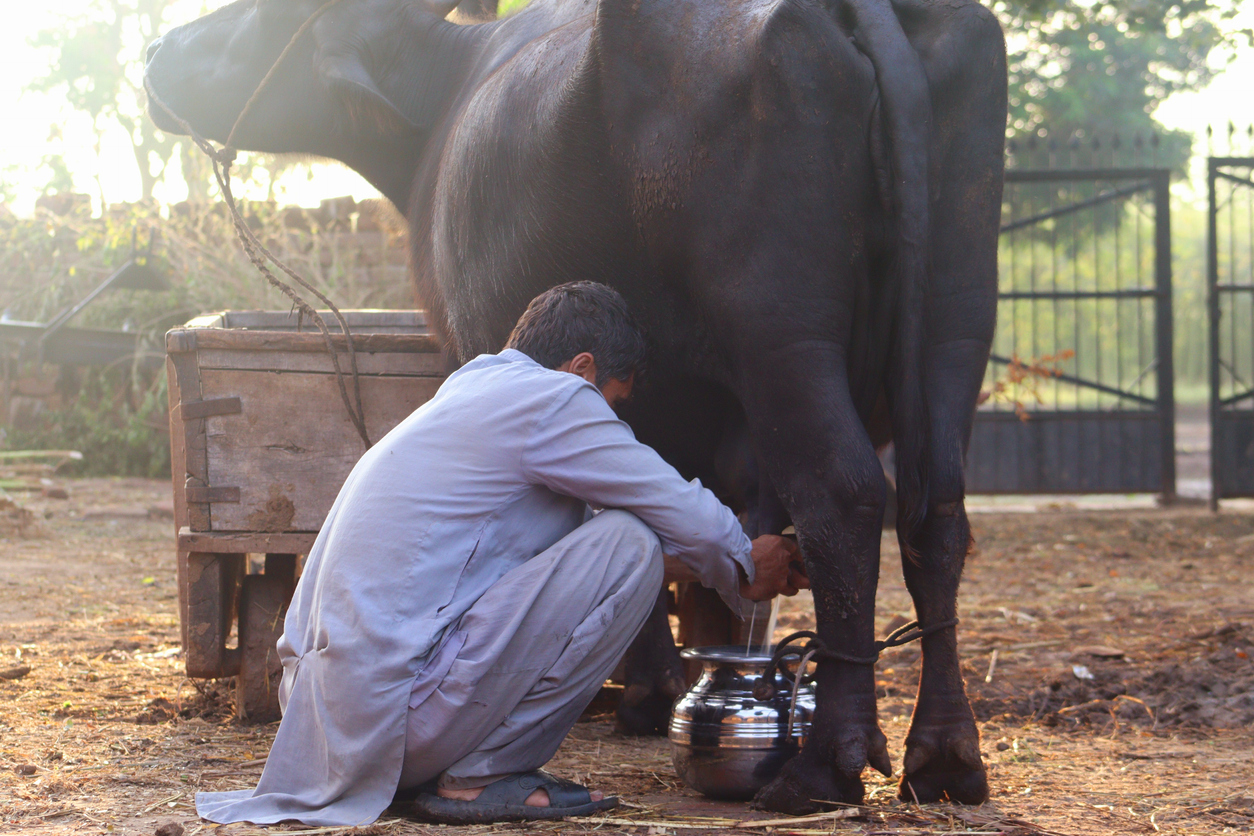
A study of raw cow and sheep milk in Pakistan found high levels of antibiotic-resistant bacteria, researchers reported yesterday in PLOS One.
In the study, researchers from Abdul Wali Khan University Mardan assessed raw milk samples from dairy cattle and ewes for the prevalence of Staphylococcus epidermidis, a gram-positive bacterium that's a common cause of subclinical mastitis, which can reduce milk quality and yield.
They also evaluated antibiotic susceptibility and resistance gene carriage in samples that were positive for S epidermidis, which is known for extensive antimicrobial resistance and its ability to share resistance genes with other staphylococcal species.
The study authors note that over 95% of milk in Pakistan is consumed in its raw form. And although S epidermidis is commonly found on human skin and is generally harmless, there is concern that drug-resistant strains in milk could spread resistance genes to more harmful bacteria like methicillin-resistant Staphylococcus aureus.
"Given the public health implications of antibiotic-resistant S. epidermidis in dairy production, it is essential to monitor the prevalence and resistance profiles of this pathogen in milk," the study authors wrote.
Half of S epidermidis isolates are multidrug-resistant
The overall prevalence of subclinical mastitis was 26%, and 40 (12.9%) of the 310 milk samples collected tested positive for S epidermidis.
Antibiotic susceptibility tests showed high resistance rates (95%) to penicillin and erythromycin; moderate rates of resistance to cotrimoxazole, doxycycline, clindamycin, and chloramphenicol; and low rates of resistance to levofloxacin and ciprofloxacin. Half of the S epidermidis isolates were classified as multidrug-resistant.
Among the resistance genes identified, ermC was most prevalent (87.5%), followed by tetK (80%) and mecA (45%).
The authors say widespread use of antibiotics to treat mastitis and other diseases of dairy cattle and sheep likely explains the high levels of resistance.
"The presence of multidrug-resistant Staphylococcus epidermidis in raw milk highlights how on-farm antibiotic use directly shapes public health risks," they said in a journal press release. "These findings emphasize the urgent need for responsible antibiotic use and improved hygiene practices in the dairy sector to reduce the risk of antimicrobial resistance transmission through the food chain."
